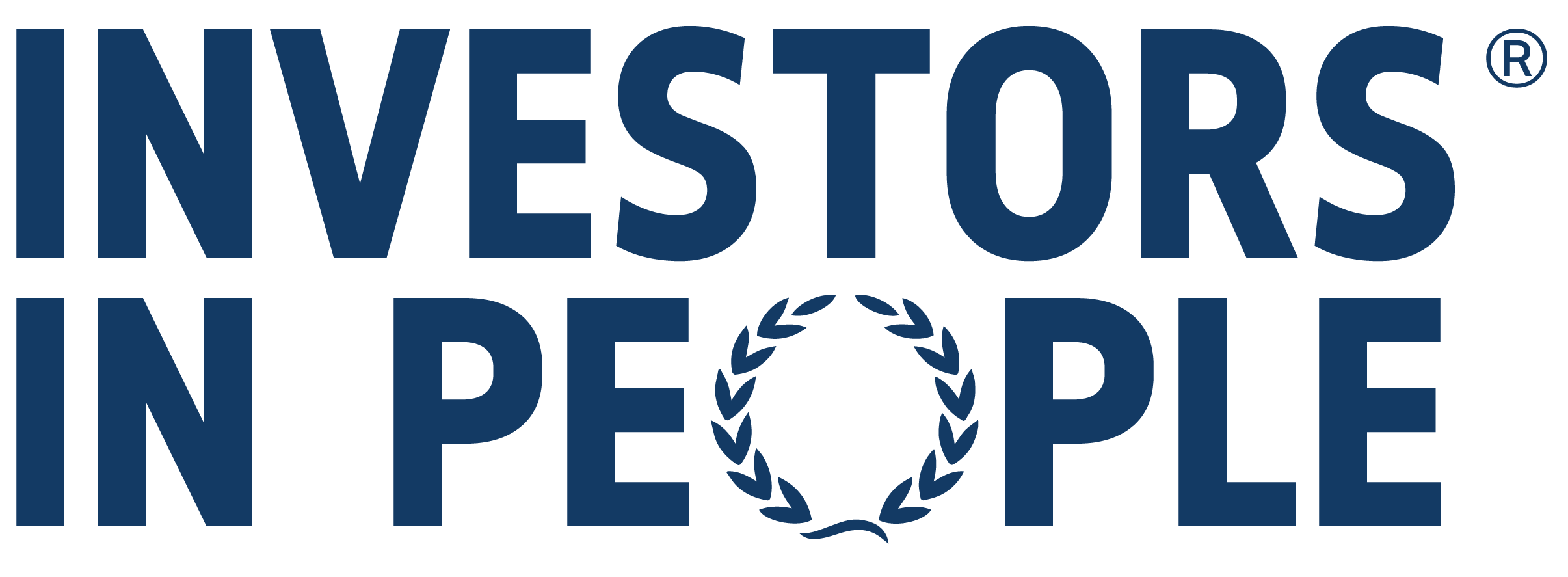Organisations talk of no blame cultures – which have their origins in high reliability organisations (HROs) – as key to unlocking innovation and competitive advantage. But is this what they were originally designed for and are they really suitable for every type of organisation? What are the disadvantages? We give you the lowdown on no blame cultures so you can decide if they’re right for you.
What is a no blame culture?
No blame cultures embrace the possibility of errors and encourage their reporting
They are underpinned by the belief that errors are inherent to the existence of organisations. Errors, or deficiencies that may cause errors, are treated as systemic factors (rather than personal faults) and responded to accordingly.
In no blame cultures, speaking up about errors is a fundamental duty of every employee. No blame cultures can exist in highly hierarchical organisations, flat organisations and everything in between, but the mandate to speak up transcends hierarchy.
This is the traditional conception of a no blame culture, which has since evolved. The more modern incarnation is less about learning from errors and more about encouraging experimentation. Employees are not personally affected by the negative consequences of experimentation (such as failure).
Where do no blame cultures come from?
No blame cultures originate in organisations where tiny errors can have catastrophic consequences. These are known as high reliability organisations (HROs) and include hospitals, submarines and airlines.
Because errors can be so catastrophic in these organisations, it’s dangerous to operate in an environment where employees don’t feel able to report errors that have been made or raise concerns about deficiencies that may turn into future errors.
No blame cultures embrace the possibility of errors and encourage their reporting.
No blame cultures were introduced to make sure errors and deficiencies were highlighted by employees as early as possible. This has happened in different industries but the most commonly-cited is the airline industry.
The National Transportation Safety Board (NTSB), which supervises air traffic across the United States, is now underpinned by the belief that errors are inherit to human activity rather than causally linked to poor performance.
What are the characteristics of no blame cultures?
No blame cultures tend to be driven by specific organisational characteristics, including:
-
A shared understanding of complexity:
Unfortunately humans are biased to attribute errors to people, even if the cause is systemic. No blame cultures spend time and energy ensuring employees understand how complex organisations are, so they can better attribute errors to systemic factors
-
An appreciation for others:
Air traffic control organisations expose employees to the stresses and problems that arise in their colleagues’ jobs. If things go wrong, everyone is more likely to understand why it went wrong, rather than blame poor performance
-
Belief in honesty:
Honesty is an oil that lubricates the functioning of high reliability organisations. Without honesty, organisations don’t have a true overview of where they are and therefore aren’t able to make effective and informed decisions. No blame cultures therefore value and incentivise honesty
-
The regular use of debriefs:
Critique is fundamental to the success of no blame cultures because it allows processes to be effectively understood, deconstructed and put back together in better ways. Debriefs help ascertain what went wrong and what should be changed in future and ensure everyone is on the same page
-
Deference to expertise:
Operational decision-making in normal organisations tends to follow the organisational chart. Despite subject-matter experts often in a better position to make informed decisions. In no blame cultures, the hierarchy is loose enough that experts are able to lead on operational issues where appropriate
-
A focus on behavioural expectations:
In an increasingly complex world, achieving outcomes becomes more difficult because of the number of variables involved. Judging people on outcomes can therefore be unfair. While judging them on behaviours encourages alignment with organisational values
-
Realistic understanding of human beings:
Holding people to high standards can encourage performance. But organisations shouldn’t ignore the realities of human beings (for example, that people can have ‘off days.’). No blame cultures are underpinned by the reality of being a human being and people are not expected to be superheroes. Instead, they are encouraged to see themselves as imperfect but valuable parts of a wider system
Is a no blame culture right for you?
The overriding imperative of high reliability organisations is to reduce risk and achieve desired outcomes in the safest way possible. Cost-cutting or profitability are likely secondary objectives.
Ultimately, it’s the principles behind no blame cultures that are important.
Organisations that don’t operate along the same lines may find some features of no blame cultures inappropriate. For example, regular debriefs, which could be overkill for mundane business processes. For example, they may introduce improvements that aren’t economically worthwhile.
Ultimately, it’s the principles behind no blame cultures that are important. Progressive organisations should work towards a culture where mistakes are seen as part of human nature and where people are encouraged to aim high without fear of falling.
But they must balance no blame cultures with accountability. Accountability eliminates the time we spend on unproductive behaviour, increases the value we place on our workload and encourages ownership of the things we can influence. All these things are, of course, critical to personal and organisational success.







